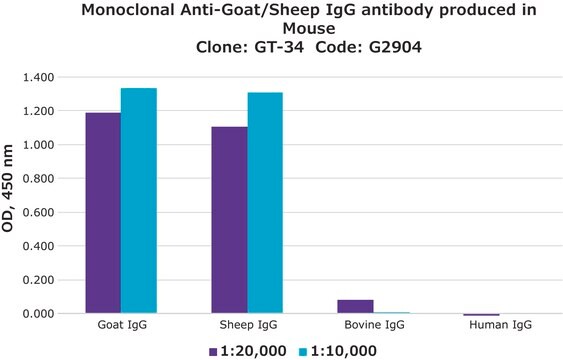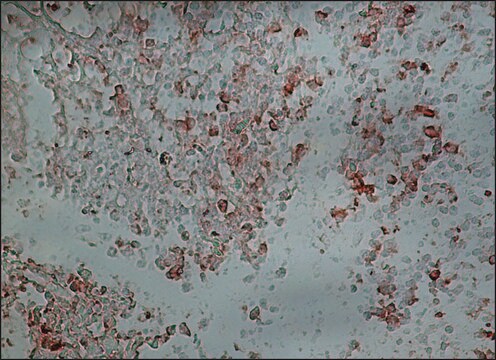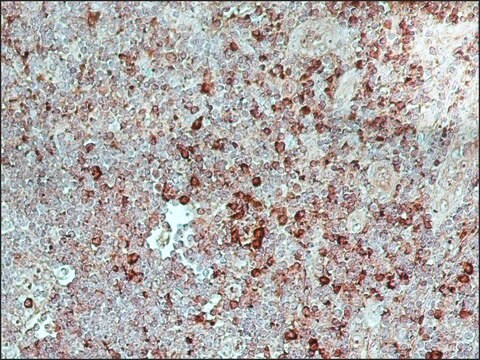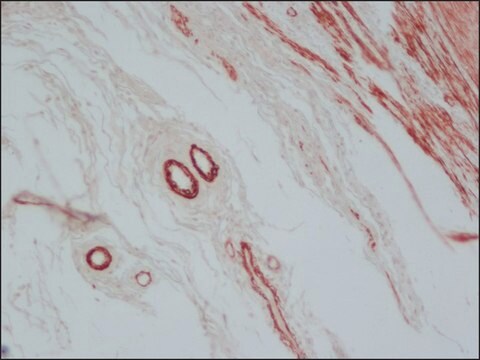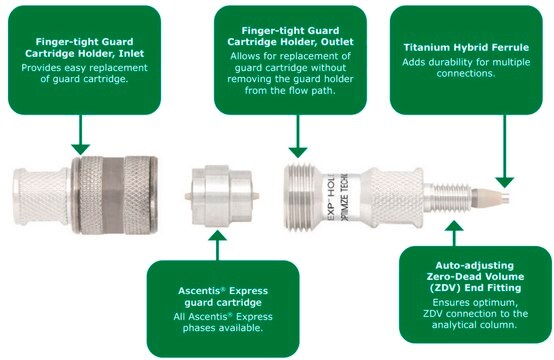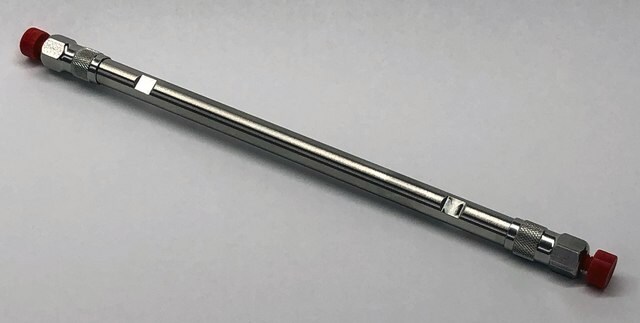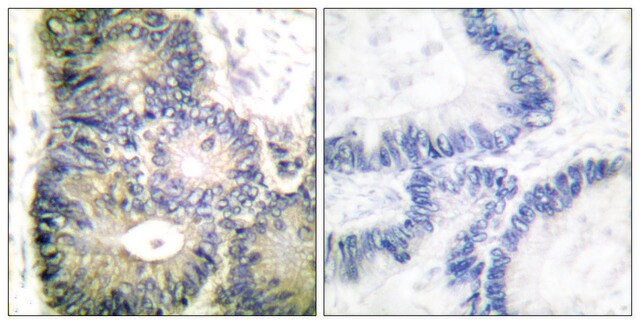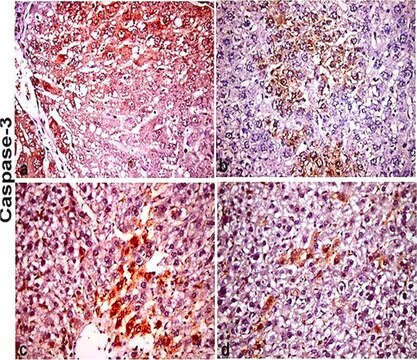S1265
Anti-Sheep IgG (whole molecule) antibody produced in rabbit
IgG fraction of antiserum, buffered aqueous solution
Sign Into View Organizational & Contract Pricing
All Photos(1)
About This Item
Recommended Products
biological source
rabbit
conjugate
unconjugated
antibody form
IgG fraction of antiserum
antibody product type
secondary antibodies
clone
polyclonal
form
buffered aqueous solution
technique(s)
indirect ELISA: 1:50,000-1:100,000
shipped in
dry ice
storage temp.
−20°C
target post-translational modification
unmodified
Looking for similar products? Visit Product Comparison Guide
General description
Whole antiserum is fractionated and then further purified by ion exchange chromatography to provide the IgG fraction of antiserum. This fraction is essentially free of other rabbit serum proteins. Antiserum is determined to be immunospecific for sheep IgG by immunoelectrophoresis (IEP) versus sheep IgG and normal sheep serum. Identity and purity of the antibody is established by immunoelectrophoresis (IEP). Electrophoresis of the product followed by diffusion versus the anti-rabbit IgG and the anti-rabbit whole serum result in single arcs of precipitation in the γ region.
Specificity
Binds all sheep Igs
Immunogen
purified sheep IgG
Application
Anti-Sheep IgG (whole molecule) antibody produced in rabbit has been used in:
- Enzyme-linked immunosorbent assay (ELISA)
- Immunoprecipitation
- labelling electrodes in immunosensor systems
Biochem/physiol Actions
Digestion of IgG by papain generates fragment antigen binding (Fab). Pepsin digestion of IgG results in fragment crystallisable (fc). IgG antibody has enormous therapeutic potential and the Fc is involved in the development of therapeutic antibody.
Physical form
Solution in 0.01 M phosphate buffered saline pH 7.4, containing 15 mM sodium azide as preservative.
Disclaimer
Unless otherwise stated in our catalog or other company documentation accompanying the product(s), our products are intended for research use only and are not to be used for any other purpose, which includes but is not limited to, unauthorized commercial uses, in vitro diagnostic uses, ex vivo or in vivo therapeutic uses or any type of consumption or application to humans or animals.
Not finding the right product?
Try our Product Selector Tool.
Storage Class Code
10 - Combustible liquids
WGK
WGK 3
Flash Point(F)
Not applicable
Flash Point(C)
Not applicable
Personal Protective Equipment
dust mask type N95 (US), Eyeshields, Gloves
Choose from one of the most recent versions:
Already Own This Product?
Find documentation for the products that you have recently purchased in the Document Library.
Customers Also Viewed
April Roberts et al.
Infection and immunity, 80(2), 875-882 (2011-12-07)
Treatment of Clostridium difficile is a major problem as a hospital-associated infection which can cause severe, recurrent diarrhea. The currently available antibiotics are not effective in all cases and alternative treatments are required. In the present study, an ovine antibody-based
An electrochemical immunosensor for milk progesterone using a continuous flow system11Editors Selection
Pemberton RM et al.
Biosensors And Bioelectronics, 16(9), 715-723 (2001)
Jacqueline M Wallace et al.
The British journal of nutrition, 96(6), 1060-1068 (2006-12-22)
When pregnant adolescent sheep are overnourished to promote maternal growth during pregnancy, growth of the placenta is impaired and results in the premature delivery of low birth weight lambs relative to control-fed adolescents of equivalent age. These effects have been
Asli Devrekanli et al.
Journal of cell science, 125(Pt 22), 5453-5466 (2012-09-08)
The chitin synthase that makes the primary septum during cell division in budding yeasts is an important therapeutic target with an unknown activation mechanism. We previously found that the C2-domain of the Saccharomyces cerevisiae Inn1 protein plays an essential but
Jean-Pierre Falgueyret et al.
Analytical biochemistry, 335(2), 218-227 (2004-11-24)
We describe a novel diazomethylketone-containing irreversible inhibitor (BIL-DMK) which is specific for a subset of pharmaceutically important cysteine cathepsin proteases. BIL-DMK rapidly inactivates cathepsins B, F, K, L, S, and V in isolated enzyme assays and labels cathepsins in whole
Our team of scientists has experience in all areas of research including Life Science, Material Science, Chemical Synthesis, Chromatography, Analytical and many others.
Contact Technical Service
